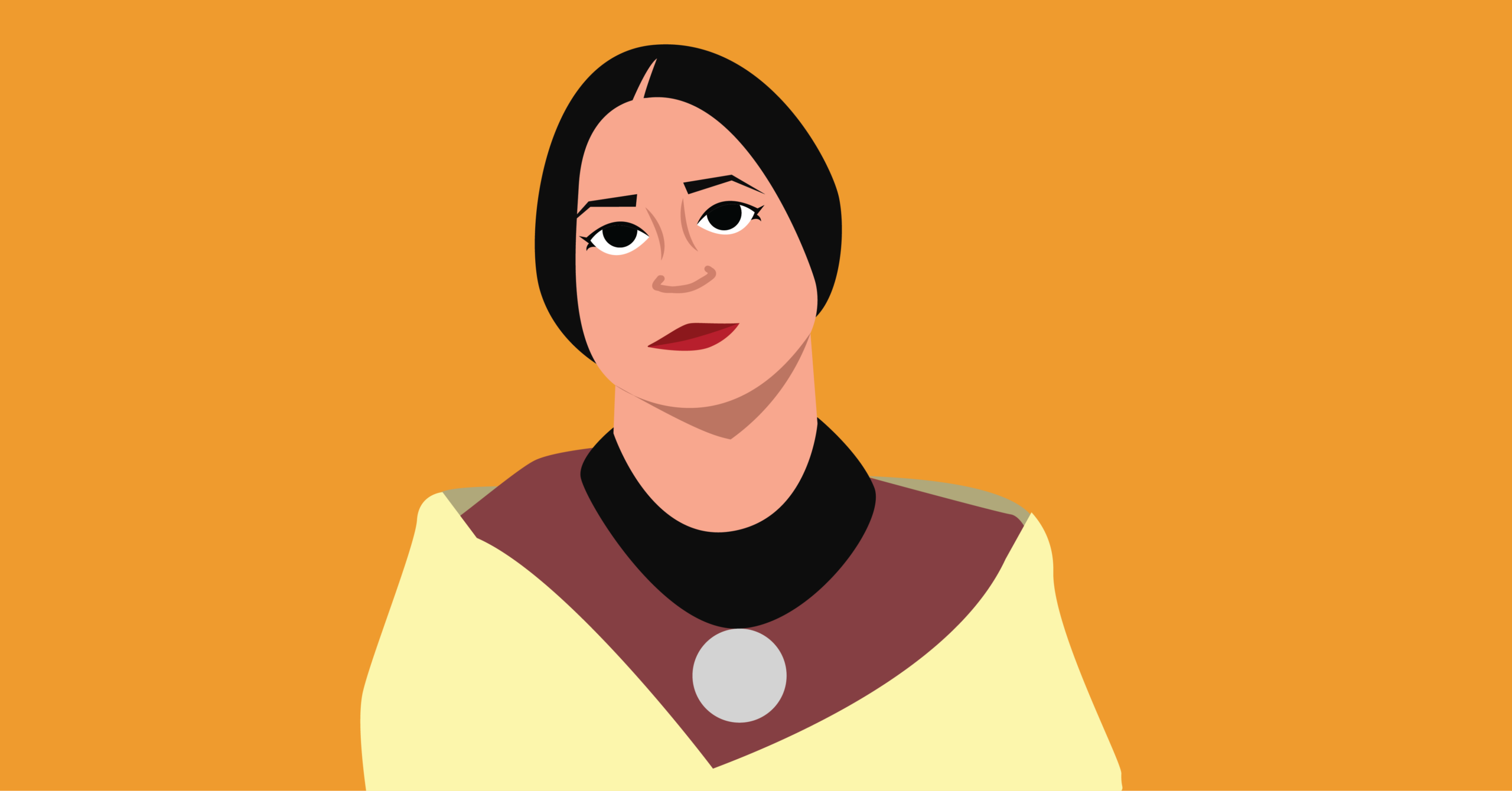Lily Gladstone is the first Native American person to be nominated for Best Actress
A discussion of the 2024 Oscars, Lily Gladstone, and the history of Indigenous people in film.
The 96th annual Academy Awards are soon approaching, and recent nominations have caused quite the buzz! From sweeps to snubs, people everywhere are discussing their favourite films of the year. One nomination in particular has made headlines, and that is Lily Gladstone’s Best Actress nomination for her role in Killers of the Flower Moon. Not only is this Gladstone’s first Oscar nomination, it also marks the first time a Native American person has been nominated in the category. Regardless of whether Gladstone takes home the Oscar, she has already made history with her Golden Globe win. And all awards aside, her role in Killers of the Flower Moon represents a historic one for Indigenous peoples in and out of the film industry.
In the past, Indigenous people were either left out of films entirely or, when they were represented, they were often portrayed in Western films as antagonistic, in smaller roles, and typically as a conflict for the white hero to overcome. As Gladstone mentioned in her Golden Globe acceptance speech, Indigenous language has historically been denied from mainstream film; instead of speaking their actual language, Indigenous actors were told to say their lines in English and later the recording was played in reverse to “sound” Indigenous. Alternatively, actors were instructed to simply say anything in their native tongue and filmmakers would later add the English subtitles they wanted. This often resulted in Indigenous actors saying rude or comedic things in their language for only other speakers to understand.
In Canada, specifically, Indigenous language films were not funded for many years as they were not considered official Canadian languages, which only further isolated Indigenous peoples from the film industry. Killers of the Flower Moon challenged these typical ways of representing Indigenous language, with Gladstone and other Indigenous actors actively learning and speaking Osage to portray the events of the film properly and respectfully. This portrayal of the language in a mainstream piece of media is an important moment in Indigenous representation in film, as well as in the revitalization and preservation of the endangered Osage language.
Gladstone challenged stereotypical portrayals of Indigenous women, who have historically been exoticized as a princess or daughter of the chief role and who, once again, passively exist for the white hero to save her from some sort of conflict. Gladstone’s character, despite speaking fairly minimally in comparison to other characters, plays a very active role in the film. She works on her own to hire a private investigator to look into her family’s deaths; she is weary of the new Insulin despite her husband’s insistence on her taking it; and despite being ill, she lobbies in Washington and successfully gains an investigation into the recent murders.
Gladstone provides an important representation of Indigenous women in her portrayal of an active, strong, and independent Indigenous character, as well as in her speaking of the Osage language. This form of representation is particularly important in a widespread, large-budget, mainstream film such as this, as it is one that has rarely been shown in mainstream media. Gladstone has already made history this awards season, but regardless of the outcome at the Oscars, her role and performance are monumental and will hopefully open the door to further positive Indigenous representation in film!


Great overview!